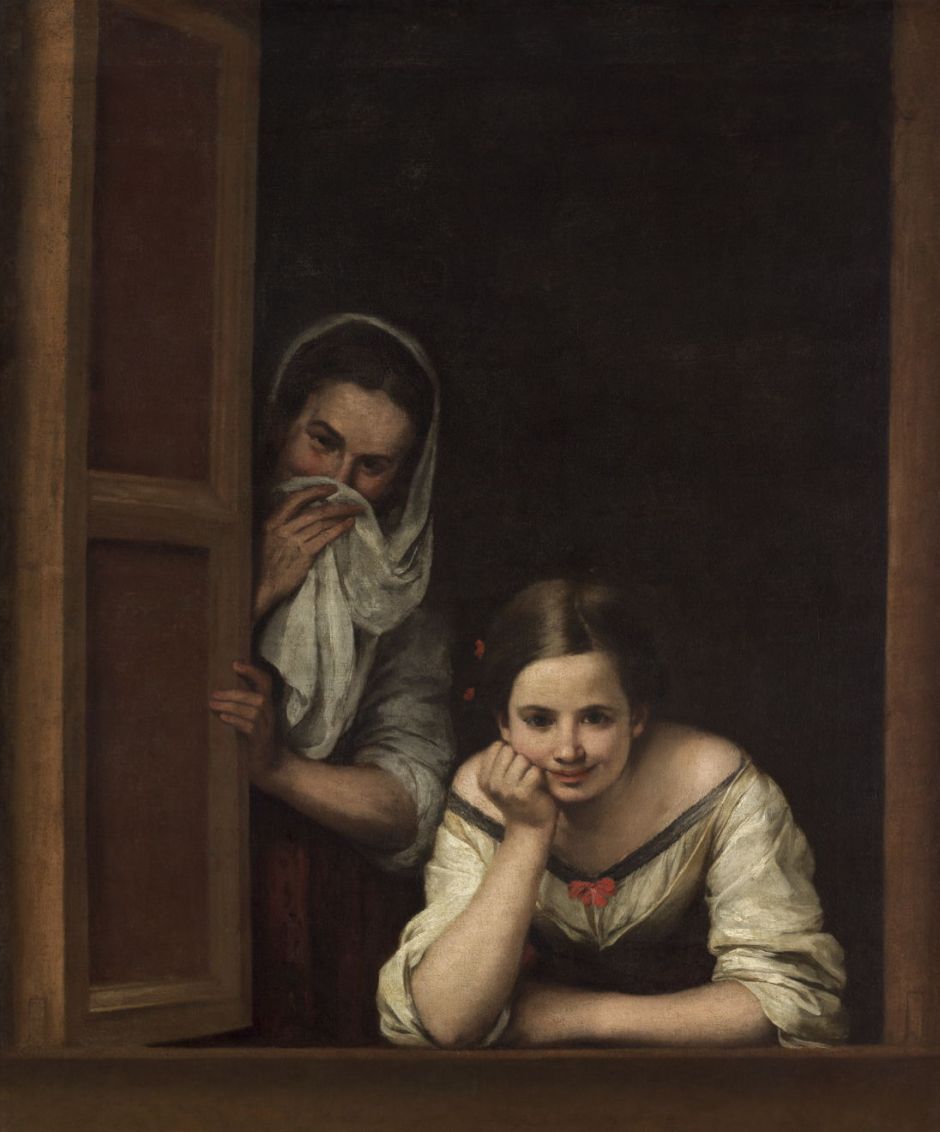More than any other part of the body, it’s our face that makes us human. It expresses emotion, laughter, crying, love, and anger. It’s one of the central elements for telling any story, the focus of beauty, smooth as a peach, or coarsely bearded. We speak with it, both verbally and non-verbally, look, smell and taste with it. It sings, shouts, eats, growls, and snores.
Across much of Europe and the Americas, wearing anything on your face apart from spectacles was unusual except during pandemics, and a feature considered more typical of a cowboy, criminal or terrorist. If you walked into a grocery store wearing a facial covering before Covid, chances were that you’d suddenly be surrounded by armed police. Women who want to wear a niqāb or other face covering are met with considerable resistance in some countries.

Relatively few ‘orientalist’ paintings show women with their face covered, such as Domenico Morelli’s splendid The Sultan’s Wife Returns from her Bath (1877-83). Accompanied by an attendant holding a parasol, the Sultan’s wife swaggers barefoot and largely barefaced over the palace tiles. Among her retinue of women are two wearing white niqābs.

Morelli’s The Sermon of Mohammed dates from about 1895. Not only has this been culturally alien to the great majority of European painters, but making images of the Prophet is usually considered to be against religious law. Morelli tries to work around this by not showing the Prophet’s face. Indeed, in spite of the painting showing a host of followers, not a single face is shown.
Black veils were a traditional part of widow’s weeds worn in mourning.

The veil seen in James Carroll Beckwith’s painting Lost in Thought (Phoebe at Onteora) from 1908 implies that this resident of Onteora, in the Hudson Valley, New York State, had recently lost her husband.
There are many gestures involving covering the face, including some that have entered modern English, such as facepalm 🤦, as an expression of dismay.

Murillo’s Two Women at a Window from about 1655-60 shows a pair of women looking intently at something out in the street. The older woman discreetly covers her laughter and consequent embarrassment with her veil, in the manner of those brought up in the upper classes, but the younger woman smiles with an open face.
My canonical example of the emotional reading of a figure covering their face is Jean-Léon Gérôme’s brilliant narrative painting of Phryné before the Areopagus from 1861.

According to legend, Phryne was a highly successful and rich courtesan (hetaira) in ancient Greece who was brought to trial for the serious crime of impiety. When it seemed inevitable that she would be found guilty, one of her lovers, the orator Hypereides, took on her defence. A key part of that was to unveil her naked in front of the court, in an attempt to surprise its members, impress them with the beauty of her body, and arouse a sense of pity. The legend claims this ploy worked perfectly.
Phryne is to the left of the centre, in the midst of the semicircular court, completely naked apart from some jewellery on her neck and wrists, and her sandals. She is turned away from the gaze of the judges, her eyes hidden in the crook of her right elbow, as if in shame and modesty. Behind her (to the left), her defence has just removed her blue robes with a flourish, his hands holding them high. Gérôme draws contrast between Phryne, turned away and hiding her face, specifically her eyes, and her judges, whose eyes are all over her naked body.


Jules LeFebvre made a successful career from painting nude women for all sorts of acceptable excuses. He even found a religious motif that could feature a nude, Mary Magdalene In The Cave, which he painted in 1876. This refers to a French legend claiming that Mary Magdalene, her brother Lazarus and some companions fled across the Mediterranean to land at Saintes-Maries-de-la-Mer near Arles. From there, Mary went to live in isolation in a cave on a hill near Marseille, now known as La Saint-Baume, and the setting for this painting. Her left arm covers much of her face, although she looks straight at the viewer with her eyes.

Continuing the association of naked women and their hidden face, Anna Lea Merritt’s Eve, also tellingly known as Eve Overcome with Remorse, (1885) is a striking depiction. Eve’s head rests on her knees and her face is turned away, a partly-eaten apple resting on the ground beside her outstretched legs.

Lovis Corinth’s splendid Homeric Laughter, painted in 1909, is another example of an embarrassingly naked woman covering her face. This shows Venus recumbent on her marital bed, where she has been caught in the act of adultery, shielding her eyes from the crowd around her. Her lover Mars struggles with Vulcan’s net securing the couple, and appears frustrated. Surrounding them are Vulcan, Poseidon, Bacchus, Mercury, and sundry putti.
As the face normally reveals the direction of gaze, its aversion can be used to turn the viewer into voyeur.

In Marià Fortuny’s Nude on the Beach at Portici (1874) the naked body of a woman on the beach is viewed from a high angle, and her hidden face gives a decidedly voyeuristic impression.
Finally, burying the face in the ground can be a cardinal sign of unconsciousness.

In Zorn’s Mora Fair from 1892, the young woman’s partner lies slumped face down amid the weeds, presumably from an excess of alcohol.

